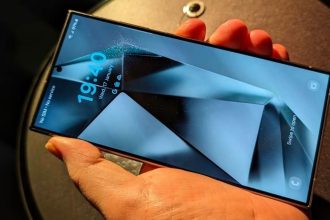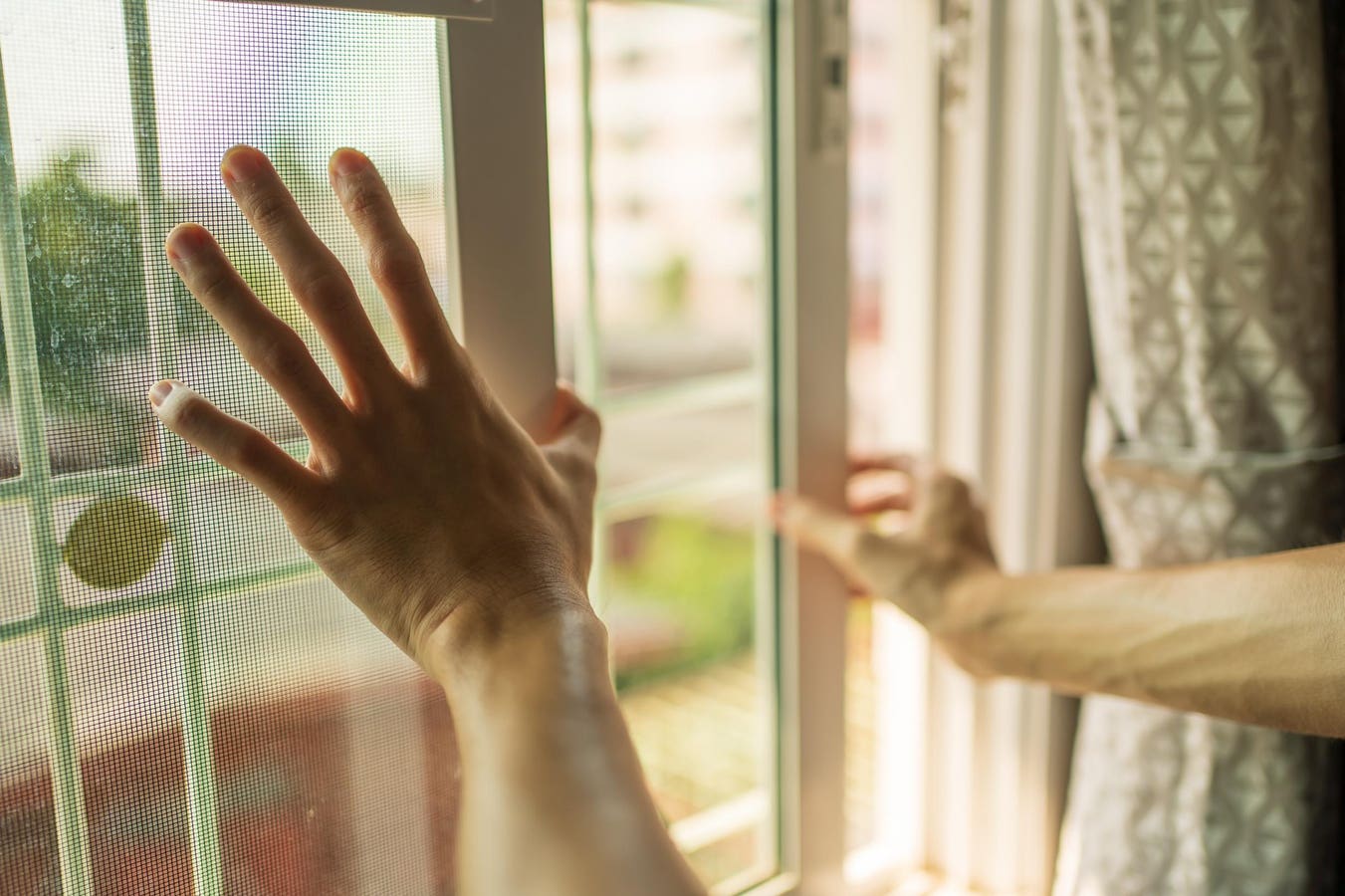The CDC recently eliminated isolation periods for people ill and likely infectious from Covid. Their Healthcare Infection Control Advisory Committee drafted guidelines weakening infection precautions, particularly regarding masking. Fortunately, after a wave of public criticism, the guidelines were sent back to HICPAC for revision.
People are increasingly left to their own devices to protect themselves against infection. So, what can you do? Mask and improve ventilation. Uniformly, wearing a well-fitting, effective respirator, such as an N95 certified by the National Institute for Occupational Safety and Health or an elastomeric respirator, is the top recommendation. KF94 masks, the Korean standard, are preferred by many because, while not quite as protective, they use ear loops rather than over-the-head straps and don’t fit as tightly. KN95s meet the Chinese standards, but there were more problems with counterfeiting. Project N95 was a nonprofit I (and many) relied on because they carefully vetted their products. They have maintained a list of previously vetted products on that site, although they are no longer supplying masks.
In terms of ventilation, there was a useful webinar recently, “Indoor Air and Infectious Disease Transmission,” from the University of Toronto. It is now available online. I turned to speaker Sarah Haines, Ph.D., an expert there in building engineering, for more information. Her strongest recommendation was to add a portable air cleaner to your workspace, if possible. The “Clean Air Delivery Rate,” or CADR, is sometimes listed and might influence your product choice.
Haines noted that the CDC recommends schools have five air changes per hour. She suggested that parents might check with the school maintenance and inquire how often the system is tested or monitored to ensure it is working properly. Also, ask what kind of filters are being used. MERV13 is considered ideal now, but not all systems can handle it. The most thought-provoking point that Haines raised was, “How do we rectify this by increasing these air exchange rates, but also making sure that our energy usage doesn’t go up?” Because “contributing a large amount of CO2,” will almost certainly add considerable heat-trapping carbon dioxide into the biosphere.
Jonathan Rosen, an industrial hygiene consultant, furthered the discussion of how an individual might assess the safety of their environment. Rosen reiterated that a problem with HICPAC is their “initial decision that surgical masks are equivalent to respirators,” noting that “CDC has published documents and supported research for decades that show that that’s absolutely incorrect. It flies in the face of federal standards that require respirator manufacturers to do testing.” Rosen is not a fan of the CDC’s dropping isolation, either. “The first step around TB that I learned was early identification and isolation. That was our motto. And it should be the motto around any infectious disease.”
Rosen emphasized some of the practical difficulties in assessing buildings. “So if you’re a small business or even a health care facility, where are you going to get the resources? Where are you going to get the expertise to evaluate your current ventilation?” Rosen said, “If you’re a healthcare administrator, or union leader, you can be trained to do some elemental things,” but that you really need an expert to be involved. One small thing an individual can do to improve ventilation is to make sure [exhaust] fans are set to the “On” position, not automatic, so that they are running continuously.
Economic costs
Chang-Yu Wu is the Chair of the Department of Chemical, Environmental and Materials Engineering at University of Miami. He added another perspective on what people might focus on to improve safety. It’s advantageous to employers to make a safer work environment. Wu noted, “If their employees are out sick, and they lose productivity, that’s something they want to avoid.” He said considerable research shows that improving ventilation reduces lost time from sick days.
CO2 monitors can be a valuable proxy for how good the ventilation is in a given space. Some businesses (e.g., restaurants and concert venues) had monitors that prominently displayed CO2 levels. Quartz magazine interviewed Yuguo Li, a professor of mechanical engineering at the University of Hong Kong, who strongly favored the idea that “governments mandate real-time monitoring and display of CO2 levels.” They also note that Belgium is the one country that enacted a law that requires public indoor spaces (gyms, restaurants, etc.) to display the levels. Wu noted that masks and CO2 monitors are considered socially acceptable in some parts of Europe and much of Asia.
Clearly, masking for the public good and prominent displays of CO2 levels, are not the case here in the U.S., where “You do you” increasingly seems to be the norm. Perhaps businesses might look more closely at the economic benefits of improving ventilation to retain staff and productivity.
A report from the University of Southern California last year suggested that the economic toll of the COVID-19 pandemic in the U.S. will reach US$14 trillion by the end of the year. The toll is twice the size of that of the Great Recession of 2007-2009 and 20 times higher than the costs of the 9/11 terrorist attacks—and this was without taking long Covid into account.
Richard Corsi, co-inventor with Jim Rosenthal of the Corsi-Rosenthal box, a DIY air filter, and now dean of engineering at the University of California Davis, also helped address the issue of cost and benefits with figures that are easier to relate to. Corsi said, “We could put a CR Box in EVERY public school classroom in the United States at a cost of $160M/year. That’s less than one Venti American coffee per student per year (or 0.024% of the average cost of educating a child each year in the US). In doing this calculation I have used a bulk discount for filters, which lowers the cost of a CR box by about 35%. We could do the same with HEPA air cleaners at about twice the price – 1 Grande Mocha Cookie Crumble Frappuccino per student per year.” He estimated the costs would be a bit higher for offices but still relatively low cost, given improved employee performance.
The best thing we can do to reduce risk? Let in fresh air.
In helping assess your risk, Corsi directed me to his Safe Air Space Estimator, which looks at factors such as room size, masking, and whether an infected person is a low or high emitter. It’s quite interesting to use, adjusting the parameters listed below the graphic.
Even 20 years ago, a study showed that the risk of infection from airborne pathogens could be estimated by measuring the CO2 concentration and that increasing outdoor air supply can prevent transmission of respiratory infections. Have we learned nothing?
Read the full article here




